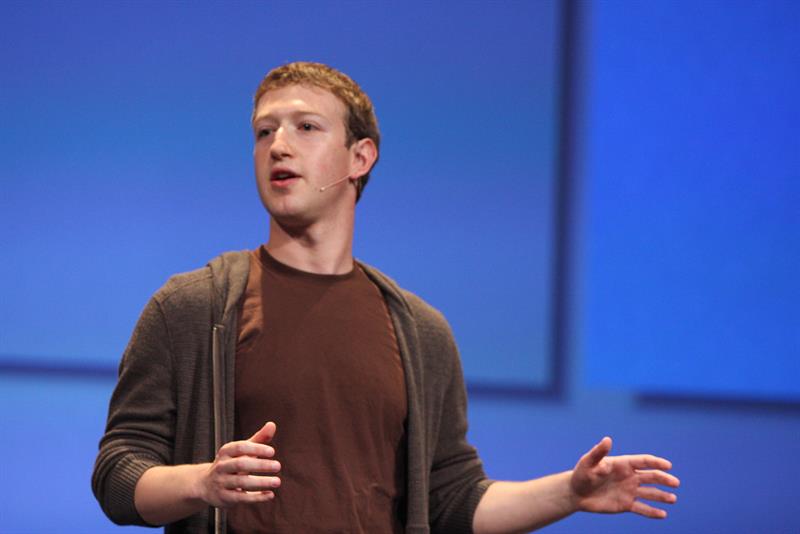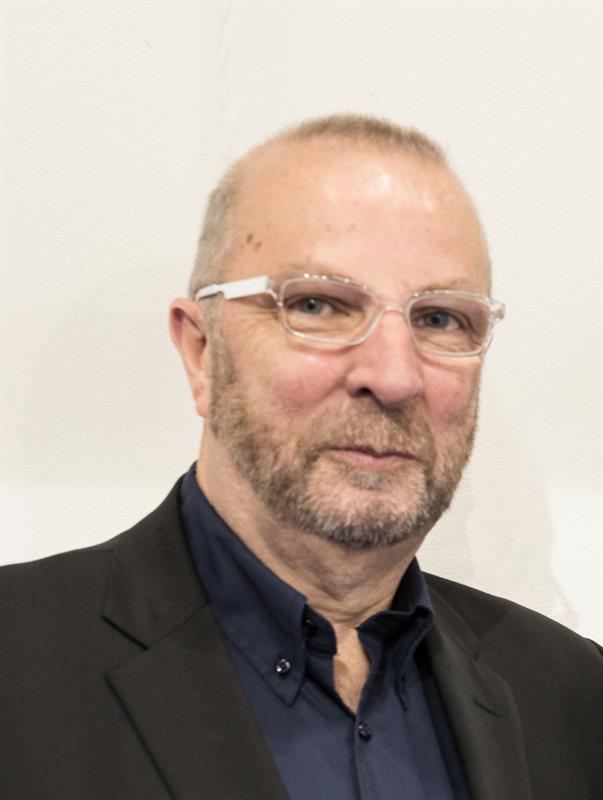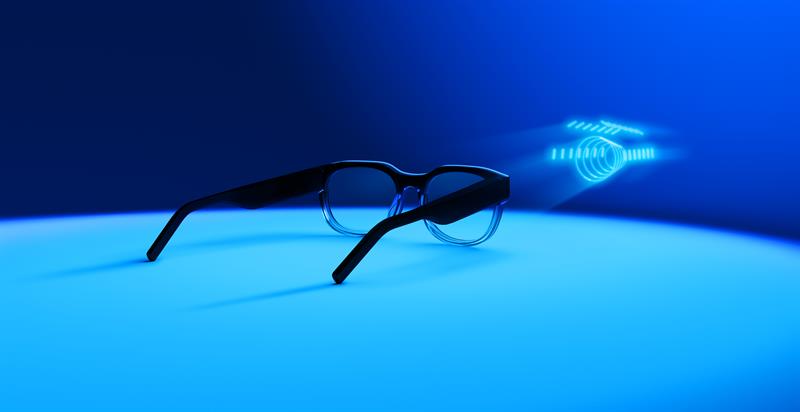
Augmented reality glasses will redefine consumers’ relationship with technology during this decade, according to the co-founder of Facebook, Mark Zuckerberg. He expects smart phones to still be the primary device for most people but anticipates that there will be a breakthrough in smart glasses technology.
In a New Year’s post on his social media website, Zuckerberg said: ‘The technology platform of the 2010s was the mobile phone. The platform of the 2000s before that was about the web and the 1990s was the desktop computer. Each computing platform becomes more ubiquitously accessible and natural for us to interact with. While I expect phones to still be our primary devices through most of this decade, at some point in the 2020s, we will get breakthrough augmented reality glasses that will redefine our relationship with technology.
‘Augmented and virtual reality are about delivering a sense of presence – the feeling that you’re right there with another person or in another place. Instead of having devices that take us away from the people around us, the next platform will help us be more present with each other and will help the technology get out of the way. Even though some of the early devices seem clunky, I think these will be the most human and social technology platforms anyone has built yet.’

Mark Zuckerberg
The eyewear industry looks to be involved with developments as business and financial news company CNBC reported that Facebook has partnered with eyewear giant Luxottica on a
Ray-Ban branded smart glasses project codenamed Orion. The first product is rumoured to launch in the next three to five years and are expected to enable wearers to take calls, view information on the lenses and live stream to their followers on social media.
A growing market
There’s reason to believe that the popularity of smart glasses is set to grow beyond what Facebook says will happen. Market research company Technavio reported in June 2019 that the global smart glasses market will grow by $8.07bn (USD) during 2019-23. There is plenty of activity from other technology companies too, with Amazon, Google and Snapchat all producing their own version of the wearable device.
Amazon launched its Echo Frames in September last year and is currently trialing the device with customers who can contribute to the product’s development. Echo Frames do not feature a camera or display on the lenses but instead focus on providing wearers with access to its voice control assistant technology Alexa. Users can make hands-free calls, set a reminder or control other smart devices. Amazon has designed the frames to look and feel like regular glasses and the company highlights that the product can be taken to an eyewear professional to add a prescription to the lenses or adjust the fit of the frames.
Sceptics will recall the short-lived Google Glass, which was launched in 2013 and discontinued in 2015. No longer available to the public, Google Glass now exists as Glass Enterprise Edition 2 assisting workers in a variety of industries with hands-free access to information and tools. The company describes it as a small, lightweight wearable computer with a transparent display for hands-free work.
Snapchat also entered the smart glasses market in 2016 launching Spectacles, a wearable camera that enables users to share moments directly to the social media platform. A year later, the company reported $39.9m (USD) of charges related to excess inventory reserves of Spectacles. It is now on the third generation of the product, which weighs 56.5g and includes tinted lenses to provide 100% UVA and UVB protection.
At technology trade show CES in January, Chinese company NReal previewed its next generation of smart glasses. Its current frames are designed to be lightweight and comfortable, providing a 52-degree field of view. They can also be tethered to a smart phone for the user to experience mixed reality on-the-go.
The future of smart glasses
Bob Forgan, joint managing director of Waterside Laboratories, told Optician every major name in technology views smart glasses as potentially a big market and they are all trying to work out what people want from the technology.
Speaking about what’s next, Forgan explained: ‘The future of smart glasses is something where you are getting the visual display in front of the eye that is operated hands-free. A heads-up display has to be on the outside of the eyewear, which is difficult to make fashionable. What’s in development is something that projects onto the back of the spectacle lens so the wearer can see it but no one else can. That has its own problems, particularly when it comes to adding a prescription. How do you project something onto a prescription lens from inside the temple?’
In terms of eye health, he said that it is still an area that has not been fully explored. With a transparent display, the user is not focusing on something that is centimetres away, it appears to be much further away, Forgan explained. ‘As soon as you are projecting onto a prescription lens, you are distorting that projection. That’s where the big obstacle is’, he added. Forgan shared that the breakthrough will come when a product is designed that is cosmetically pleasing and people are comfortable wearing.
Forgan believes there is potential in the smart glasses market for practitioners. He sees independents specialising in the area and differentiating themselves on the high street. Speaking about ways it could be introduced to optometry, he explained: ‘Initially it might be about adding prescriptions to smart glasses. Patients could bring the product into a practice because not all technology companies will enter the optical retail environment. They’ll manufacturer smart glasses but prescriptions will need adding by an optometrist. When Google Glass launched, opticians could retail the product and if that happens again then practitioners will need some technical knowledge because that’s what the consumer would expect.’
He shared that Waterside Laboratories has developed products that are usable with a heads-up display but are waiting to see how the technology companies move forward before preparing any further products. ‘The development of smart glasses is bubbling below the surface. Soon, we’ll no longer be crouched over a smartphone; it’ll be in front of our eyes’, Forgan concluded.

Bob Forgan
Moving with the times
Eyewear designer Tom Davies believes that glasses will go the same way as the smartphone. He shared that smart glasses have failed so far because of difficulties with battery life, miniaturisation of technology and social stigma, but added that success will come when smart glasses are non-invasive and easy-to-use.
‘All this is currently changing and the roll out of 5G will mean that processing won’t need to be done on the eyewear but in the cloud, meaning more useful, smaller and discreet technology. This will make the products more appealing both visually, comfort-wise and in terms of what they can offer’, he told Optician.
Gazing into his crystal ball, Davies predicts that the introduction of smart glasses in the optical industry will not phase practitioners. ‘In 20 years’ time, perhaps someone has come up with a way to cure long and short-sighted people. Contact lenses and smart eyewear will rule. So, optical professionals will just adapt and change in line with this. People will still need health screening and then fitting with technical marvels. High street opticians will simply adapt as they have always done. This is something that should be embraced. I’d be more worried about £5 glasses and auto-refractors, which I’m seeing the evolution of in Asia right now. The UK high street needs to embrace technology like smart glasses to maintain their revenue streams’, he said.
Realising science fiction
For chief marketing officer at North, Adam Ketcheson, smart glasses will provide transformative experiences beyond what phones and watches can deliver. ‘From a device perspective, we’ll see consumer smart glasses achieve what we’ve imagined in science fiction for decades’, he told Optician.
His company is about to launch the second generation of Focals, which are described as everyday smart glasses that look as good as traditional eyewear. North has miniaturised its technology by 40% to make the smart glasses lighter and improved the retinal display tenfold.

Focals
Predicting what’s next for smart glasses, Ketcheson said: ‘The first smart glasses like Focals delivered heads-up, real-time computing experiences designed to replace the high-frequency things you do with your smartphone today. Future smart glasses will leverage your surrounding environment to interact with technology, enabling you to take digital actions on the physical objects.’
Like Forgan and Davies, he also said that the device will take off once it does not require the wearer to compromise, stating that they must look and feel great while reflecting personal style.
Ketcheson said: ‘We believe the future of eyewear is glasses that do more than just help you see, just like the future of watches is proving to be watches that do more than tell time. There are now more Apple Watches sold annually than Swiss Watches – 22.5m of them in 2018 alone. Imagine as an optical retailer being able to offer a customer the equivalent of their brand-name prescription glasses and an iPhone, all in one.’
The first generation of Focals featured the option to include a single vision prescription lens between +2 and -4. Ketcheson explained that as smart glasses technology develops, patients will have more flexibility to customise or upgrade based on their needs and preferences. ‘Whether that’s frame styles, lenses, lens coatings and so on, the point is smart glasses will be very similar to traditional eyewear. So, all the benefits reaped by traditional eyewear, including things like blue light blocking or simple sun protection, will be available’, he said.


